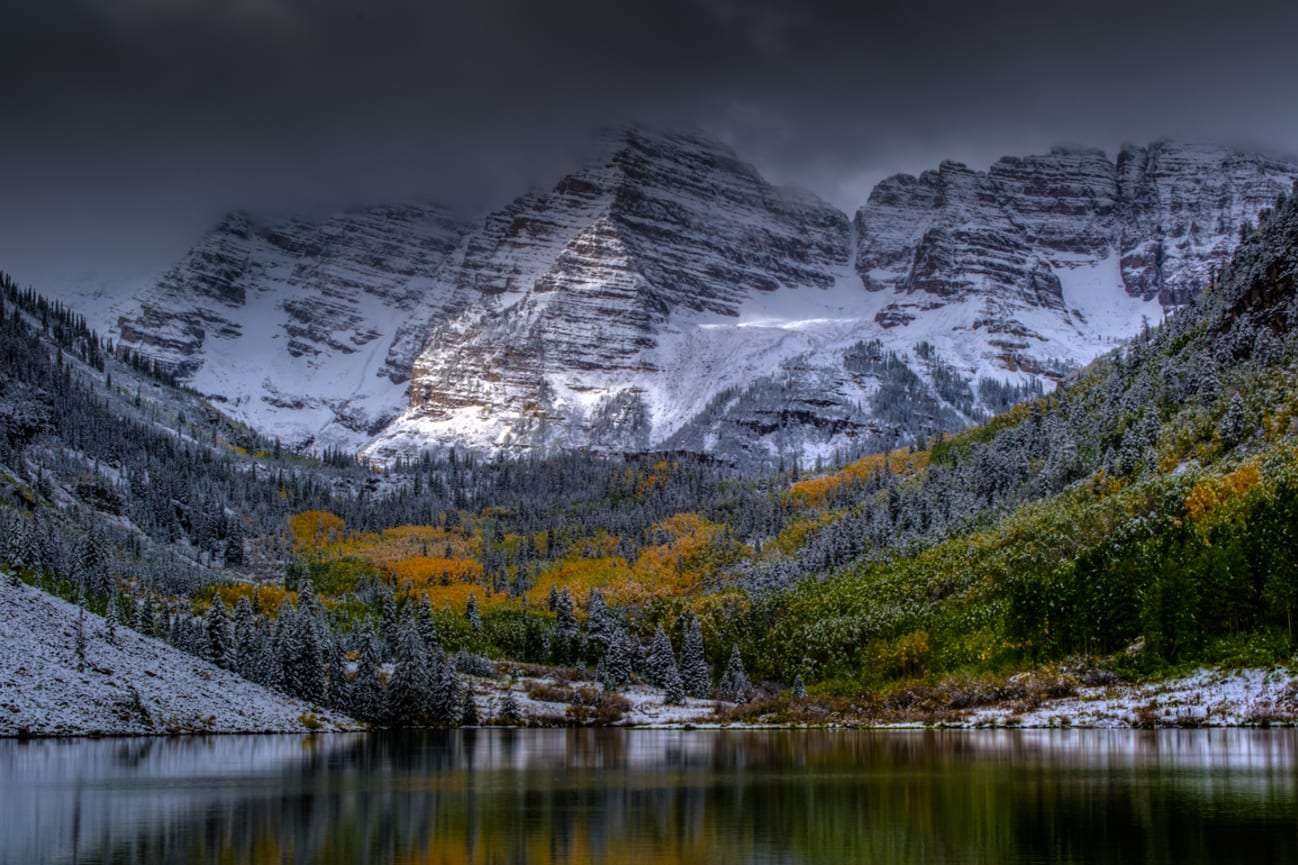Colorado is a state that boasts a rich history and breathtaking natural landscapes, such as the iconic Rocky Mountains and preserved dinosaur fossils. Over the past few decades, the population of Colorado has grown significantly, leading to a surge in housing costs and the overall cost of living. While living off the grid is legal in Colorado, there are strict restrictions and regulations, particularly when it comes to harvesting rainwater. Though the state has cities with high population densities, there are still plenty of untouched areas of nature to explore. However, living off the grid in Colorado can be challenging and expensive due to the high cost of housing. The state experiences unpredictable weather, including harsh winters and dramatic temperature fluctuations, making it essential for residents to be prepared. Additionally, while Colorado is known for its vast national forests and abundant wildlife, the availability of freshwater can be a challenge. Despite these obstacles, Colorado offers various job opportunities, a low crime rate, and the potential for off-grid living with the use of sustainable energy solutions. However, it is crucial to thoroughly research and understand the specific requirements and regulations of each area before pursuing off-grid living in Colorado.
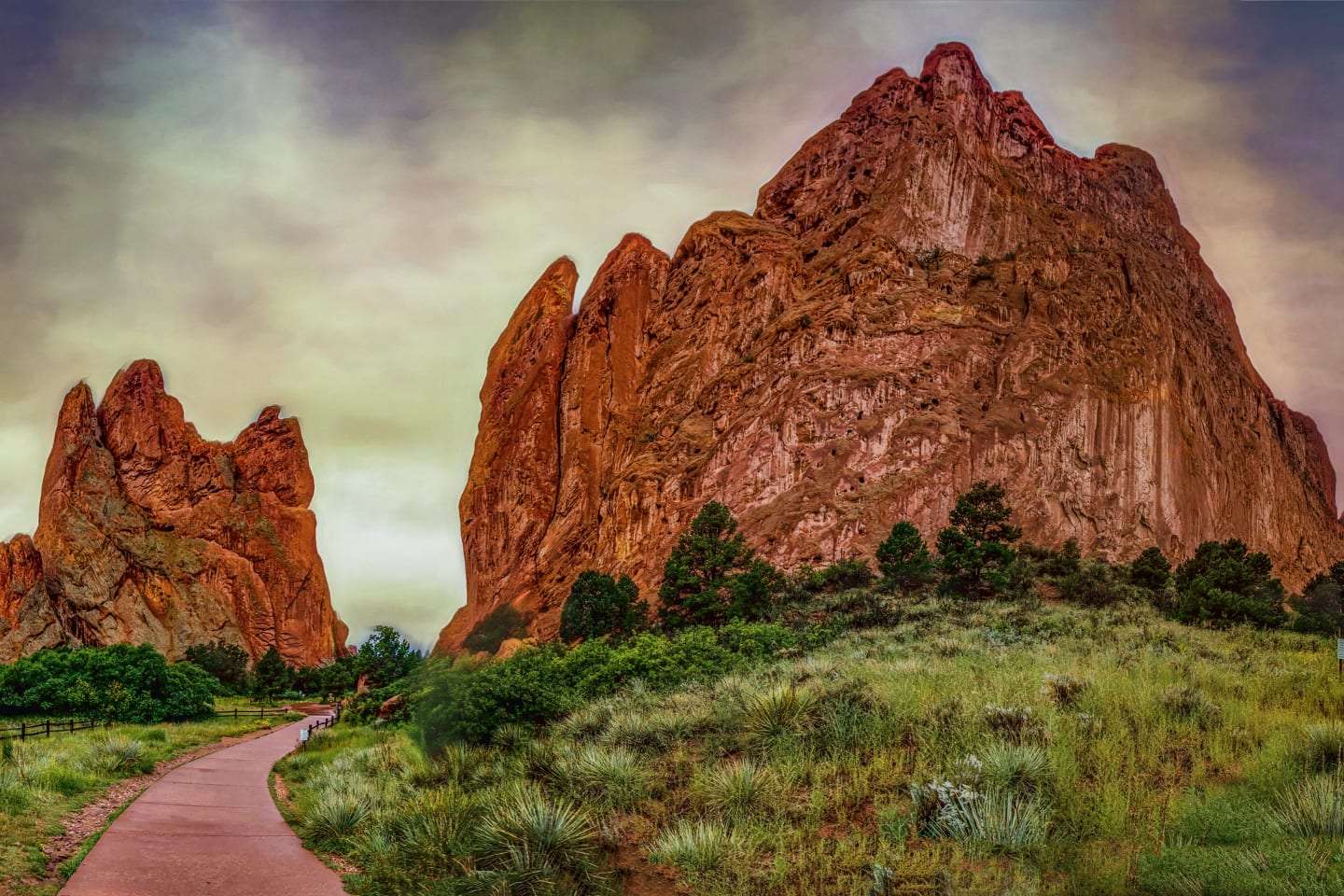
Colorado’s Rich History
Colorado has a rich history that spans thousands of years, starting with its Native American culture. The state is home to various tribes, including the Ute, Arapaho, Cheyenne, and Navajo. Exploring Native American culture in Colorado allows you to learn about their traditions, art, and way of life.
The pioneer era and gold rush played a significant role in shaping Colorado’s history. In the mid-1800s, thousands of people flocked to Colorado in search of gold and other precious minerals. This led to the establishment of mining towns across the state, such as Leadville, Central City, and Cripple Creek. These towns still preserve their historic charm and offer a glimpse into the past.
The influence of the railroad was crucial to the development of Colorado. Railroads connected the mining towns to larger cities and facilitated the transportation of goods and people. The Moffat Tunnel and the Royal Gorge Bridge are notable railway landmarks that showcase Colorado’s railroad history.
World War II had a profound impact on Colorado. The state became a hub for military production, with Denver’s Lowry Air Force Base and the Pueblo Ordnance Depot being important industrial centers. The war effort boosted Colorado’s economy and contributed to its growth.
Preserving historic sites is a priority in Colorado. The state recognizes the importance of maintaining its heritage and has designated numerous sites as National Historic Landmarks. These sites, such as Mesa Verde National Park and Bent’s Old Fort, offer a glimpse into the past and provide educational opportunities for visitors.
Historical museums and landmarks are scattered throughout Colorado, providing a comprehensive view of the state’s rich history. The Colorado History Museum in Denver is a must-visit, as it houses exhibits that cover various aspects of Colorado’s past. Other notable museums include the Rosemount Museum in Pueblo and the Durango and Silverton Narrow Gauge Railroad Museum.
Beautiful Nature of Colorado
Colorado is renowned for its breathtaking and diverse natural landscapes. From towering mountains to expansive deserts, the state offers a wide range of outdoor experiences.
Rocky Mountain National Park is a popular destination for hiking, camping, and wildlife viewing. It boasts majestic peaks, alpine lakes, and a variety of wildlife, including elk, moose, and bighorn sheep. Trail Ridge Road, the park’s highest paved road, offers stunning views of the surrounding mountains.
Garden of the Gods, located in Colorado Springs, is a striking geological marvel. The park features towering sandstone rock formations that have been eroded over millions of years. Visitors can explore the park on foot or by bike and marvel at the unique rock formations.
Colorado National Monument, near Grand Junction, offers dramatic red rock canyons and towering cliffs. The park offers scenic drives, hiking trails, and opportunities for bird watching. The Monument Canyon Trail is a popular hike that takes you past towering monoliths and offers breathtaking panoramic views.
Mesa Verde National Park is a UNESCO World Heritage Site and showcases the ancient Puebloan civilization. The park is home to more than 600 cliff dwellings, including the famous Cliff Palace. Visitors can explore these well-preserved ruins and learn about the fascinating history of the Puebloan people.
Great Sand Dunes National Park is a unique natural wonder. The park features the tallest sand dunes in North America, which are nestled against the rugged Sangre de Cristo Mountains. Visitors can hike, sled, or sandboard on the dunes and marvel at the ever-changing landscape.
Pikes Peak is one of Colorado’s most iconic mountains. Standing at 14,115 feet, it offers panoramic views of the surrounding landscape. Visitors can drive to the summit or challenge themselves by hiking or biking up the mountain.
Maroon Bells, located near Aspen, is often referred to as the most photographed spot in Colorado. The twin peaks are reflected in Maroon Lake, creating a stunning and picturesque scene. Hiking trails in the area allow visitors to explore the surrounding wilderness.
Black Canyon of the Gunnison National Park is known for its steep, narrow canyon walls that drop down to the Gunnison River. The park offers hiking and camping opportunities, as well as scenic overlooks that provide breathtaking views of the canyon.
San Juan Mountains, located in southwestern Colorado, are a paradise for outdoor enthusiasts. The rugged peaks offer excellent hiking, backpacking, and mountaineering opportunities. The historic town of Telluride and its famous ski resort are nestled in the heart of the San Juan Mountains.
Glenwood Springs is not only known for its hot springs but also for its stunning natural surroundings. The town is nestled in a picturesque alpine valley and offers opportunities for hiking, biking, fishing, and skiing. The Glenwood Canyon is a scenic highlight, with its towering cliffs and the Colorado River running through it.
Colorado is also home to various national wildlife refuges, such as the Rocky Mountain Arsenal National Wildlife Refuge and the Browns Park National Wildlife Refuge. These refuges provide habitat for a diverse range of wildlife species, including elk, deer, eagles, and migratory birds.

Population Growth in Colorado
Colorado has experienced rapid population growth in recent decades, making it one of the fastest-growing states in the United States. There are several factors driving this growth.
One factor is the state’s strong economy and job market. Colorado offers various job opportunities in industries such as agriculture, manufacturing, mining, and tourism. The state has a low unemployment rate, which attracts people from other parts of the country in search of employment.
Urbanization and suburban expansion have also contributed to the population growth. Cities like Denver, Colorado Springs, and Aurora have seen significant increases in population as people flock to urban areas for employment and amenities.
However, rapid population growth brings its challenges. The demand for housing and infrastructure strains available resources, such as water and transportation systems. Additionally, the influx of people puts pressure on the environment and natural resources, leading to concerns about sustainability and preservation.
To cope with the challenges of rapid growth, Colorado needs to carefully manage its resources and plan for future population projections. This includes investing in infrastructure, implementing sustainable practices, and balancing growth with conservation efforts.
Living Off the Grid in Colorado
Living off the grid in Colorado is legal, but it comes with its own set of challenges and considerations. Off-grid living refers to living independently of public utilities, such as electricity and water supply.
One of the main considerations when living off the grid in Colorado is the legalities and regulations surrounding it. While the state allows off-grid living, there are restrictions and regulations, particularly regarding harvesting rainwater. Colorado has historically had strict laws around water rights, and individuals living off the grid must comply with these regulations.
Harvesting rainwater can be a viable option for off-grid living, as Colorado receives a decent amount of precipitation. However, it is essential to familiarize yourself with the specific regulations in your area to ensure compliance and sustainability.
Challenges of off-grid living in Colorado include the initial investment and ongoing costs. Setting up alternative energy sources, such as solar panels, can be expensive, but they can provide a reliable and sustainable source of electricity. Additionally, maintaining alternative water sources and managing waste disposal require careful planning and ongoing maintenance.
Considering the high cost of housing and the overall cost of living in Colorado, off-grid living can present additional financial challenges. It may be more difficult to find affordable land and resources to support an off-grid lifestyle.
However, living off the grid in Colorado also presents opportunities for self-sufficiency, sustainability, and a closer connection to nature. By relying on renewable energy sources and utilizing alternative water sources, individuals can reduce their environmental footprint and live a more sustainable lifestyle.
Sustainable energy solutions, such as solar panels and wind turbines, can help support off-grid living in Colorado. These energy sources harness the state’s abundant sunlight and wind, providing a reliable and environmentally friendly source of power.
Being mindful of water usage and implementing water conservation strategies is crucial for off-grid living in Colorado. Alternative water sources, such as wells or rainwater collection systems, can provide a sustainable water supply. However, it is essential to monitor and manage water usage to ensure a sufficient supply.
Before pursuing off-grid living in Colorado, it is advisable to research and understand the specific requirements and regulations of the area. This includes consulting with local authorities, understanding zoning restrictions, and determining the feasibility of accessing necessary resources.
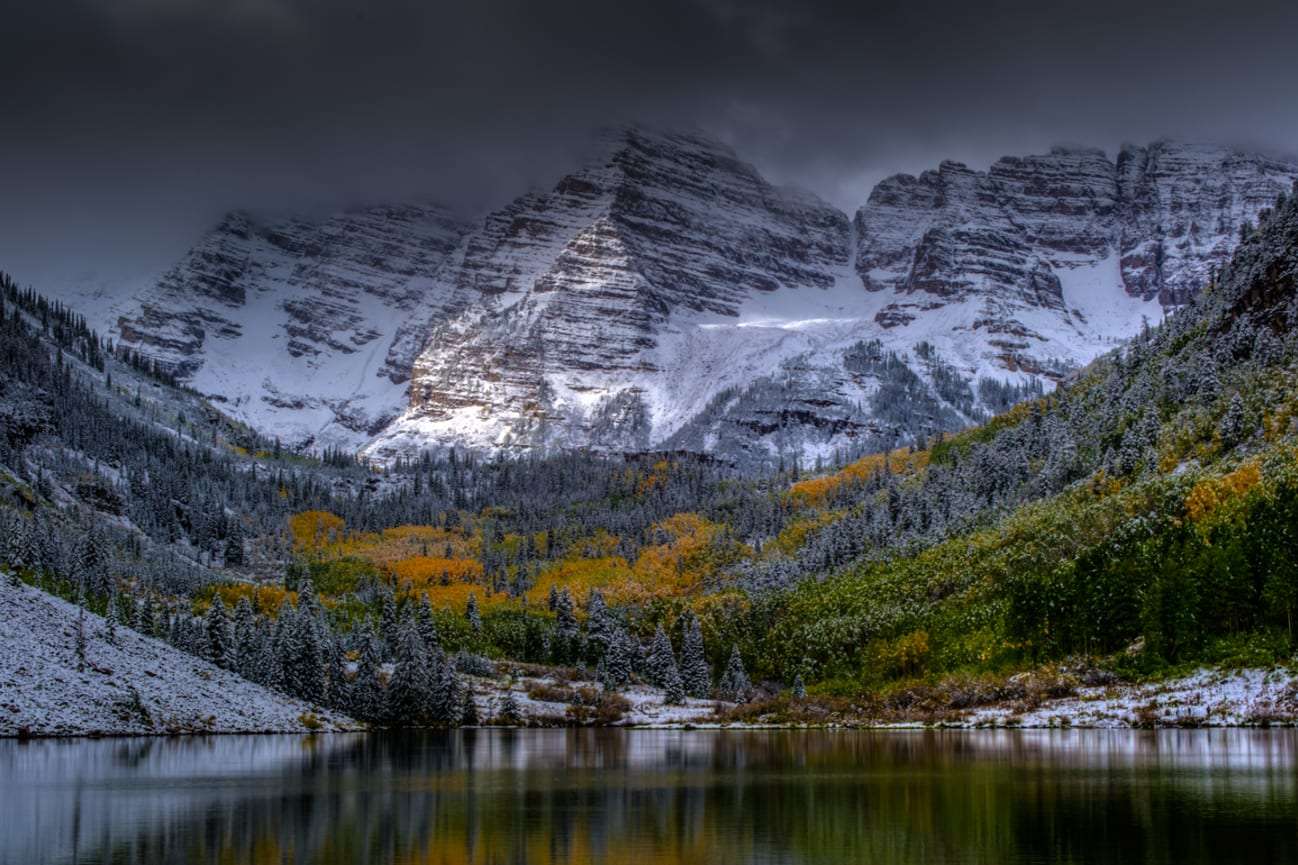
Cost of Housing and Living in Colorado
One significant factor to consider when living in Colorado is the cost of housing. The state has experienced a surge in housing prices in recent years, particularly in popular areas like Denver and Boulder. High demand and limited supply have driven up prices, making housing less affordable for many residents.
The overall cost of living in Colorado is also higher than the national average. Expenses such as groceries, healthcare, and transportation tend to be higher compared to other states. It is important to factor in these costs when considering living in Colorado, especially for those planning to live off the grid.
The high cost of housing in Colorado can significantly impact individuals seeking off-grid living. Finding affordable land to purchase and develop for off-grid living can be challenging. Additionally, the cost of infrastructure installation, such as solar panels and alternative water sources, can add to the overall cost of living off the grid.
However, with careful planning and budgeting, it is still possible to live off the grid in Colorado. By considering alternative housing options, minimizing expenses, and utilizing cost-effective sustainable solutions, individuals can create a more affordable and self-sufficient lifestyle.
Coexistence of Urban Areas and Untouched Nature
Colorado is unique in its ability to balance thriving urban areas with vast expanses of untouched nature. The state has several populous cities, including Denver, Colorado Springs, and Boulder, with high population densities.
In these cities, the population density can be high, with bustling streets, skyscrapers, and vibrant cultural scenes. Urban living in Colorado offers a wide range of amenities, including restaurants, shopping centers, and cultural institutions.
Alongside the urban areas, Colorado has preserved its natural beauty and wildlife. National and state parks, wilderness areas, and national forests provide opportunities for outdoor recreation and preservation of nature. These areas, such as Rocky Mountain National Park and Great Sand Dunes National Park, offer a natural escape from the urban environment.
Preserving nature and wildlife habitats is a priority in Colorado. The state recognizes the importance of maintaining ecosystems and protecting endangered species. Several organizations and initiatives work towards conservation efforts, ensuring the coexistence of urban areas and untouched nature.
Outdoor recreation opportunities are abundant in Colorado. From hiking and biking to skiing and rafting, there is something for everyone to enjoy. The state’s diverse landscapes provide a wide range of activities and scenic beauty for outdoor enthusiasts.
National and state parks in Colorado offer opportunities to experience the state’s untouched nature up close. Visitors can explore hiking trails, camp under the stars, or simply enjoy the tranquility and beauty of the natural surroundings.
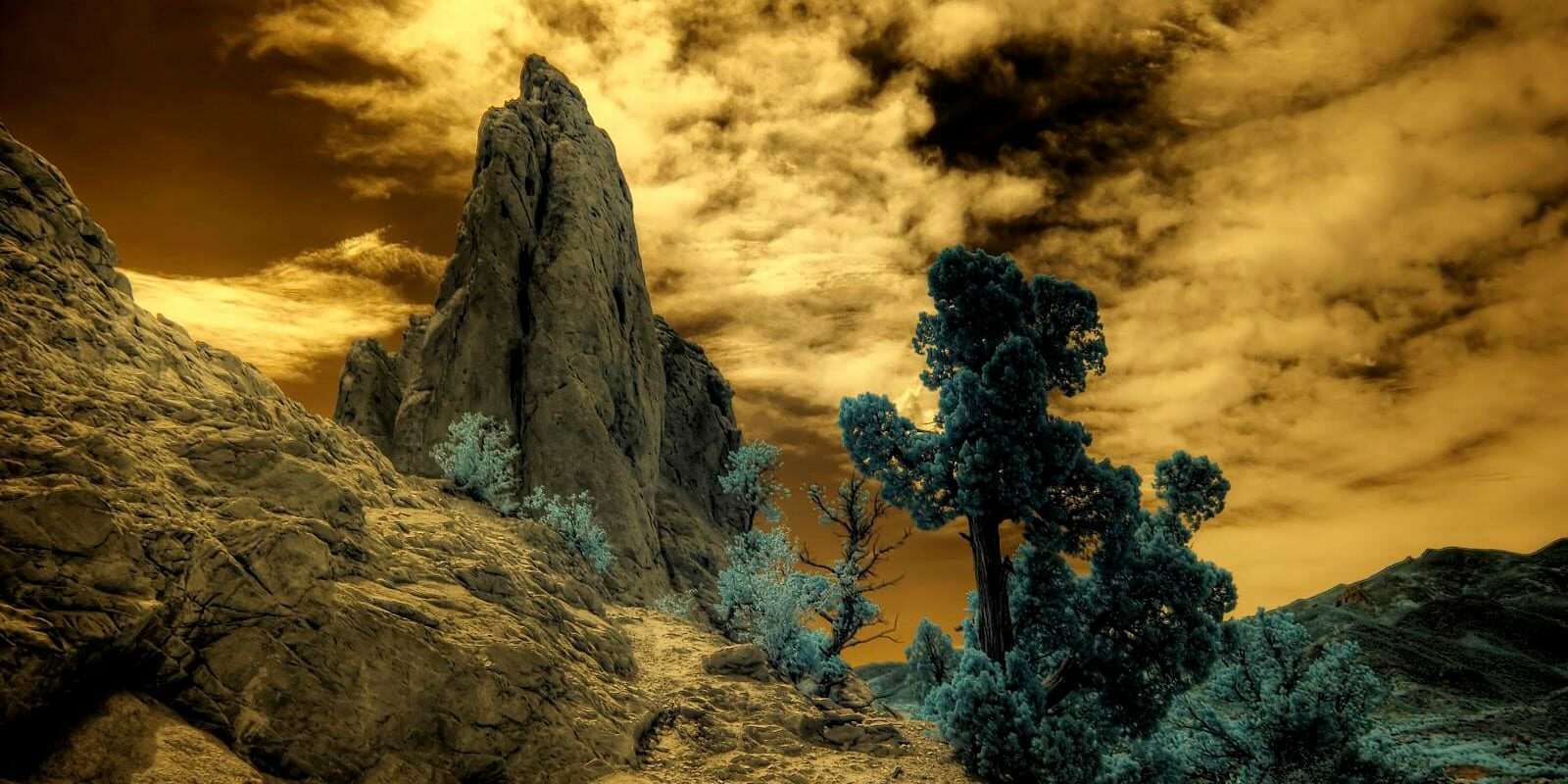
Weather in Colorado
The weather in Colorado is known for its unpredictability and extremes. The state experiences a wide range of climate patterns, including harsh winters, dramatic temperature fluctuations, thunderstorms, and hail storms.
Harsh winters are common in Colorado, especially in the mountainous regions. Heavy snowfall and freezing temperatures can pose challenges for transportation, outdoor activities, and daily life. However, the winter season also offers opportunities for winter sports enthusiasts, with world-class ski resorts scattered across the state.
Dramatic temperature fluctuations are characteristic of Colorado’s climate. Within a single day, temperatures can vary significantly, especially in high elevation areas. It is not uncommon to experience warm and sunny weather in the morning, and then face cold and windy conditions later in the day.
Thunderstorms are a common occurrence in Colorado, particularly during the summer months. These storms can produce heavy rain, strong winds, and frequent lightning. Hail storms, although relatively rare, can also cause damage to property and vehicles.
The weather in Colorado poses various challenges, including the risk of natural disasters. The state experiences blizzards, floods, heatwaves, droughts, flash floods, forest fires, and even occasional earthquakes. It is important to stay informed and prepared for these weather-related events and follow safety guidelines.
Natural Resources in Colorado
Colorado is blessed with abundant wildlife, a diverse range of ecosystems, and expansive natural resources. The state’s natural beauty and biodiversity make it a haven for nature lovers.
National forests cover a significant portion of Colorado and provide habitat for a wide range of plant and animal species. These forests offer opportunities for hiking, camping, fishing, and hunting. Visitors can explore the trails and immerse themselves in the natural beauty of the forests.
Colorado’s wilderness areas are pristine and untouched, offering visitors a chance to experience solitude and dramatic landscapes. These areas are protected to ensure the preservation of their unique flora and fauna. Wilderness areas like the Weminuche Wilderness and the Indian Peaks Wilderness provide endless opportunities for backpacking, camping, and wildlife watching.
Water availability is a significant challenge in Colorado. The state relies on various water sources, including rivers, lakes, and underground aquifers. However, increased demand, droughts, and climate change pose threats to water availability. Conservation efforts and responsible water management are crucial to maintain a sustainable water supply.
Mining and extraction industries have historically played a significant role in Colorado’s economy. The state is known for its mineral resources, including gold, silver, coal, and natural gas. These industries have shaped the history and development of Colorado but also pose challenges in terms of environmental impact and sustainability.
Preserving Colorado’s natural resources and balancing economic development with environmental protection is a delicate task. The state’s commitment to conservation and sustainable practices is evident through various initiatives and regulations aimed at maintaining the delicate balance between human activity and nature.
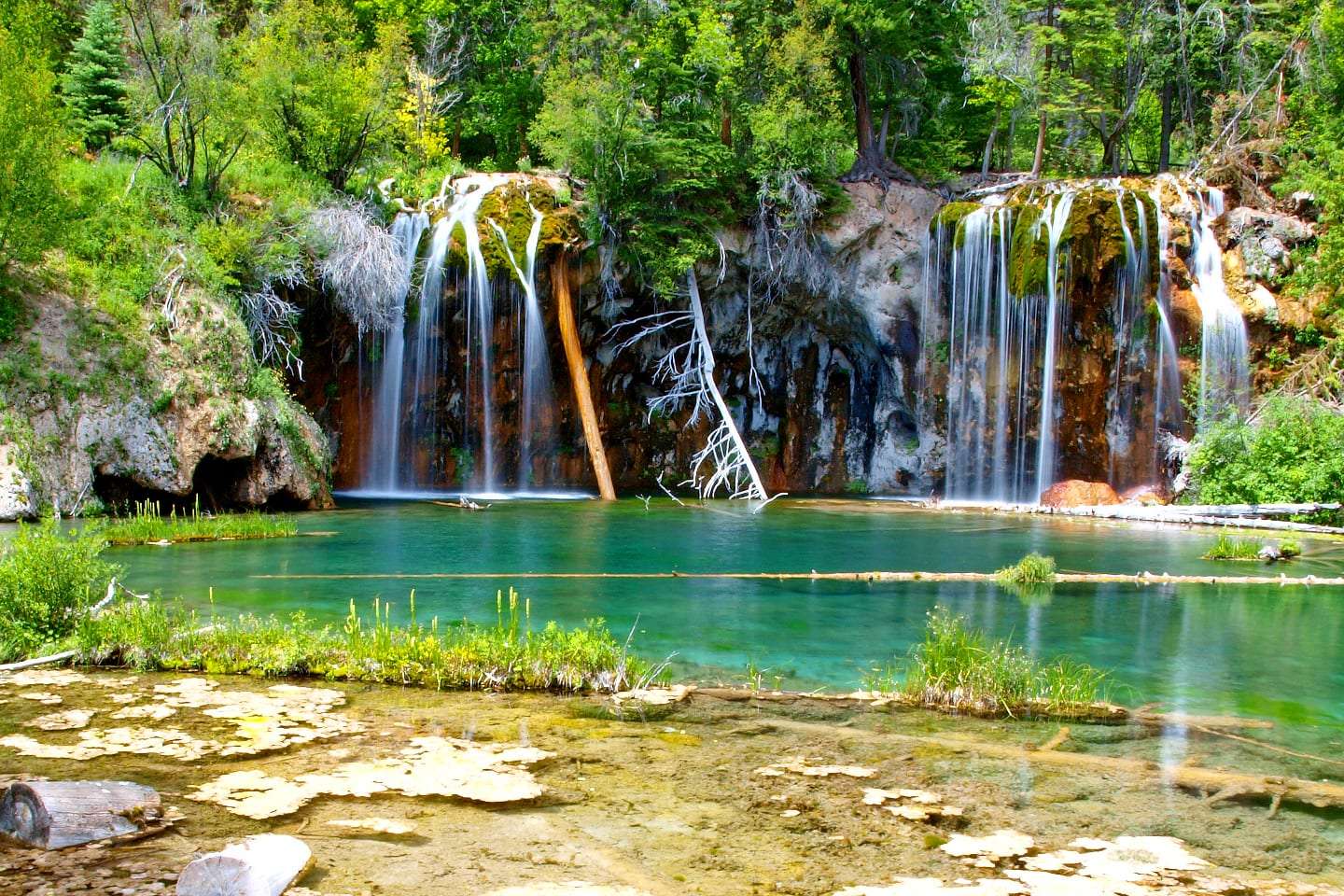
Infrastructure in Colorado
Colorado’s infrastructure plays a vital role in supporting its growing population and economy. The quality of roads, transportation systems, and utilities varies across the state.
The quality of roads in Colorado ranges from well-maintained highways to rugged mountain passes. Metropolitan areas like Denver and Colorado Springs have well-developed road networks, while rural areas and mountainous regions might have more challenging driving conditions due to terrain and weather.
Transportation systems in Colorado, including public transportation and airports, have seen significant improvements in recent years. The Denver metro area has an extensive light rail network, making it easier to navigate the city and its suburbs. The Denver International Airport is one of the busiest airports in the country and serves as a major transportation hub.
The price of land and housing in Colorado tends to be higher than the national average. The demand for housing, particularly in urban areas, has driven up prices. Additionally, the cost of land can vary depending on location and accessibility to resources and amenities.
The impact of higher land and housing prices is reflected in the overall cost of living in Colorado. Expenses such as utilities, healthcare, and services tend to be higher compared to the national average. These higher costs can impact individuals seeking off-grid living, as finding affordable land and resources can be challenging.
Utility services, including electricity, water, and waste management, are generally reliable in Colorado’s urban areas. However, in remote or rural areas, access to utilities may be more limited, and residents may need to rely on alternative sources or services.
Overall, Colorado’s infrastructure is constantly evolving to meet the needs of its growing population. Balancing the demands of a growing population with the preservation of natural resources and maintaining a high quality of life is an ongoing challenge.
Off-Grid Living in Colorado
Living off the grid in Colorado offers a unique and self-sufficient lifestyle. However, it comes with its own set of challenges and opportunities.
One of the primary challenges of living off the grid in Colorado is navigating the legalities and regulations. While it is legal, there are specific guidelines and restrictions that individuals must follow, particularly regarding harvesting rainwater. Colorado’s historical water rights laws have strict regulations surrounding water usage, and off-grid residents must comply with these regulations.
Harvesting rainwater can provide a sustainable source of water for off-grid living. Colorado receives a decent amount of precipitation, making it a viable option for capturing and utilizing rainwater. It is essential to familiarize yourself with the specific regulations in your area and ensure compliance when considering off-grid living.
Challenges of off-grid living in Colorado also include the initial investment and ongoing costs. Setting up alternative energy sources, such as solar panels or wind turbines, can be expensive. Additionally, maintaining alternative water sources and managing waste disposal require careful planning and ongoing maintenance.
The cost of housing and the overall cost of living in Colorado can further impact off-grid living. Finding affordable land to purchase and develop for off-grid living can be challenging. Additionally, the cost of infrastructure installation, such as solar panels and alternative water sources, can add to the overall cost of living.
Despite these challenges, off-grid living in Colorado presents opportunities for self-sufficiency, sustainability, and a deeper connection to nature. By relying on renewable energy sources, minimizing water usage, and implementing sustainable waste management practices, individuals can reduce their environmental footprint and live a more sustainable lifestyle.
Sustainable energy solutions, such as solar panels or wind turbines, can support off-grid living in Colorado. These sources harness the state’s abundant sunlight and wind, providing a reliable and environmentally friendly source of power.
Alternative water sources, such as wells or rainwater collection systems, can support off-grid living in Colorado. It is essential to monitor and manage water usage to ensure a sufficient supply. Complying with local regulations and understanding water rights laws is crucial to sustainable water management.
Before pursuing off-grid living in Colorado, it is advisable to research and understand the specific requirements and regulations of the area. This includes consulting with local authorities, understanding zoning restrictions, and considering factors such as access to resources and amenities.
Living off the grid in Colorado can offer a rewarding and self-sufficient lifestyle, but it requires careful planning, preparation, and compliance with local regulations. By understanding the unique challenges and opportunities, individuals can create a sustainable and fulfilling off-grid experience.

